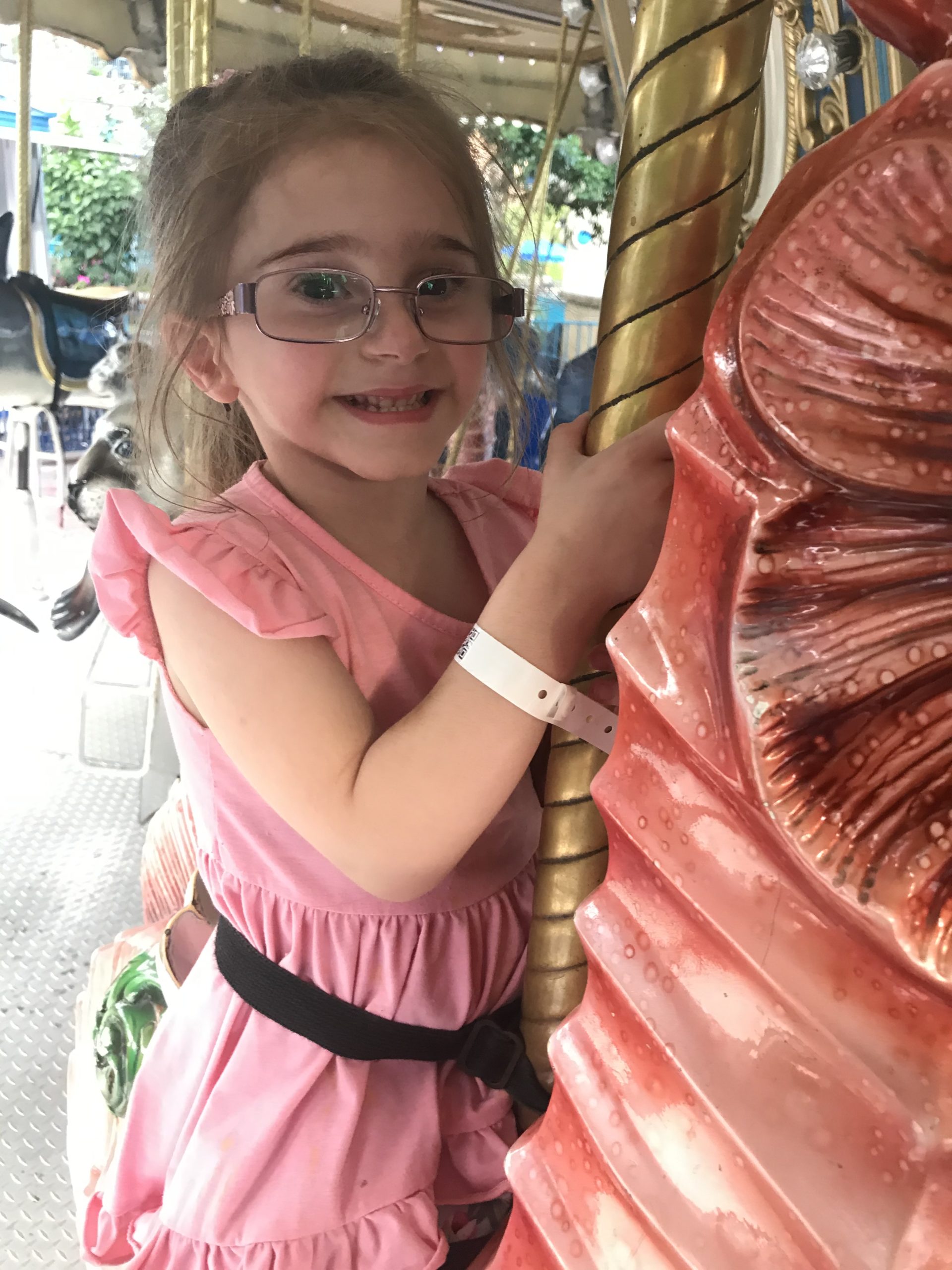
Dec 03, 2020
The participant was born prematurely at 33 weeks after she was diagnosed with IUGR at 27 weeks. She had a gap between her larynx and esophagus (laryngeal cleft) which was later repaired. During infancy, she experienced episodes of retching and choking, which lead to low blood oxygen levels and occasionally to loss of consciousness. The choking episodes resolved, but were replaced by sudden loss of consciousness episodes. One of the episodes was paired with metabolic abnormalities. Follow-up EEGs showed some abnormalities but no clear epileptic activity. The participant also experienced multiple febrile seizures. Although the participant has motor delays, she does not have intellectual or cognitive delays.
The participant has a history of difficulty swallowing (dysphagia) and she refuses to eat by mouth. She is fed continuously through a G-tube. In the past she experienced low blood sugar (hypoglycemia) if fasted for more than 3 hours and now her blood sugars are dropping even on continuous feeding. The participant has some facial differences including small head size, shortened skull (brachycephaly), long eyelashes, straight eyebrows, deep-set eyes, upslanting eyes (upslanting palpebral fissures), a rounded nose (bulbous nose), and thin lips. The participant receives speech therapy for pronunciation and occupational therapy for feeding.

In 2022, clinicians and researchers identified the following heterozygous genetic change to be causing the participant’s symptoms:
If this participant sounds like you or someone you know, please contact us!